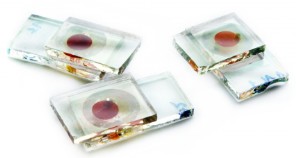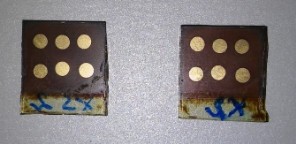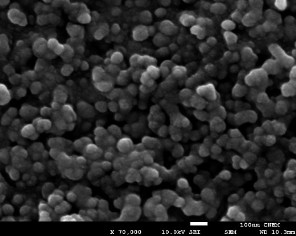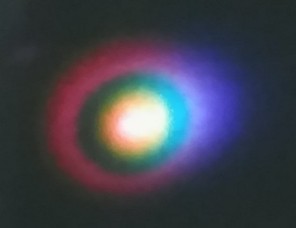Research - Solar Energy Conversion Group
Main menu:
Research
Our research topics include dye-


Our photo-


The prepared cells are characterized by basic photovoltaic techniques: current-


Our main specialization are the studies of the ultrafast and fast elementary charge separation processes taking place in the solar cells. After absorption of photon, an electron in active material is moved to its higher energetic state. For efficient photovoltaic operation, the electron must undergo a number of partial charge separation process (e.g. movie on the right), and many of them occur on the time scales from femtoseconds to microseconds, unavailable for typical opto-
The main tools employed are: femtosecond transient absorption, picosecond time-
The movie on the left show the measured transient absorption data for varying pump-